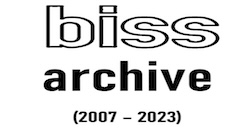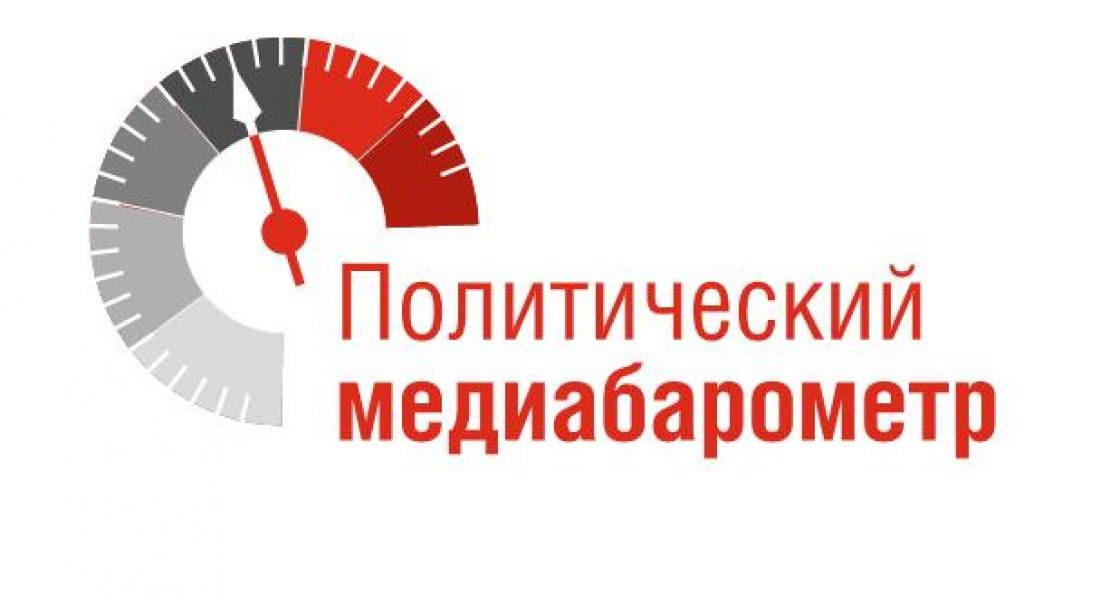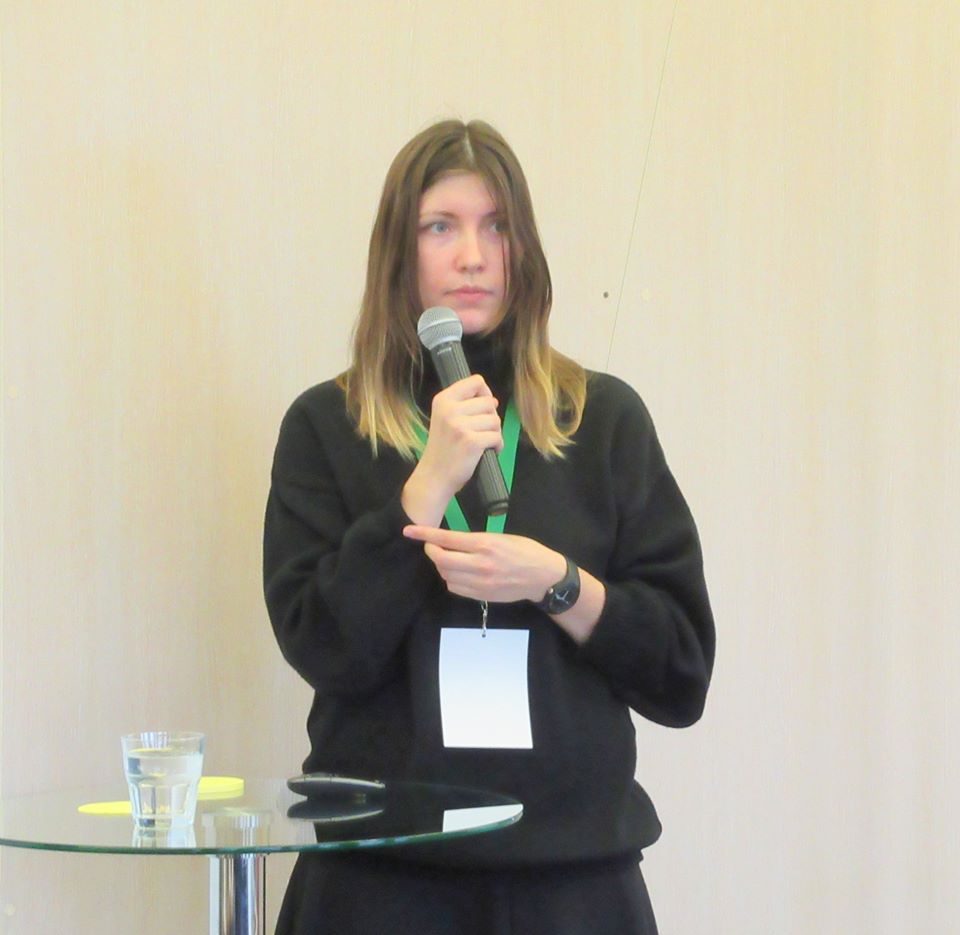Belarusian Institute for Strategic Studies (BISS) is happy to present the Grand Political Media Barometer report for 49 months of continuous observations (between April 2012 and December 2015). The research summarize our findings and offers the main conclusions concerning the major factors that determined this communication throughout the whole period of observation.
The database on which we are basing our conclusions consists of 75541units of analysis, or 40172 unique instances of media appearance of political forces/individual politicians. Each of the units of media appearance (i.e. article, interview, etc) was analyzed and coded along the 20 various parameters, making the overall sample consist of no less than 1.5 mln.database entrances (units of analysis). To create this database, we objectively and quantitatively evaluated the media-appearances of the Belarusian opposition political forces (and 27 individual politicians), based on the systematic monitoring of the available open media sources.
Key findings
1. Seasonal character of Belarus’ independent politics is clearly reflected in the volume of communications (number of observations). There is a clear explosion of politics during the electoral campaigns and the presidential elections could be characterized by the unprecedented growth of communication.
2. Having limited channels to reach society and greater capacity of online media to carry political messages compared to offline media inevitably pushes the Belarusian political forces to ‘migrate’ into the virtual space, which, for the most part, have not been monopolized by the authorities.
3. During the high electoral season, both politicians and parties reference meetings with the constituencies much more than in the previous periods, where they tend to make statements and comment on the events. Moreover, the share of public actions grows during electoral campaigns and the share of policy implementation increases between the electoral periods.
4. One of the key conclusions that could be drawn, is that there is a gap between the interests of the median voter (the demand side) and the topics that dominate the political discourses of the independent political forces in the media (the supply side).




